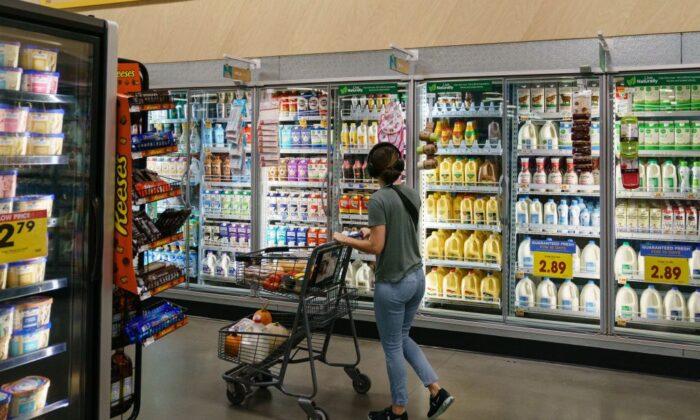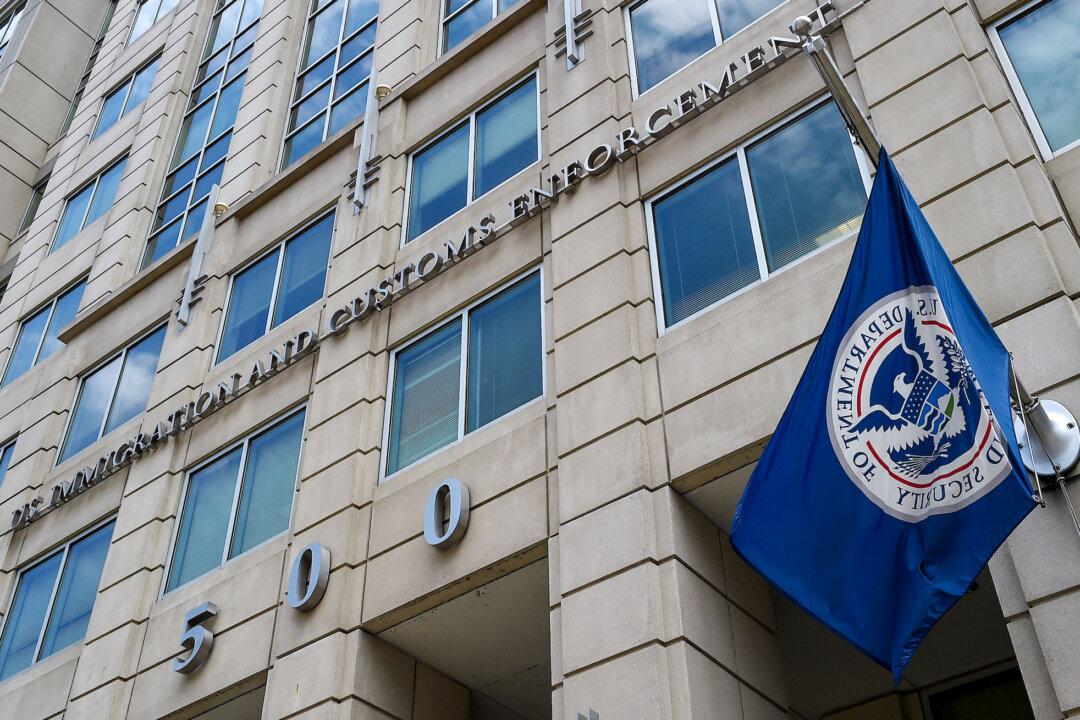Inflation slowed its pace somewhat in December, largely on the back of falling gasoline costs, but prices in a range of other categories continued to push higher.
Some, however, argue that the true rate of inflation is actually much higher, with certain components of the CPI measure—housing in particular—showing up in the numbers with a lag.
Still, the official CPI inflation data of 6.5 percent is the slowest annual rate in over a year and this number has been trending downward in recent months.
“The CPI has been softening over the last six months which is a good sign that high inflation rates are on a definitive path downward,” Phillip Sprehe, an economist at Geographic Solutions, told The Epoch Times in an emailed statement.
However, the downward trend appears unlikely to deter the Federal Reserve from holding fast on its path of monetary tightening as the drop was driven largely by falling energy costs, which tend to fluctuate and could shoot back up.
“The Federal Reserve might also partially disregard the good news, because a significant portion of the reduction comes from volatile energy items which could suddenly reaccelerate,” Sprehe said.
Gasoline prices fell by 1.5 percent year-over-year in December. In month-over-month terms, gasoline prices fell by 9.4 percent.
John Catsimatidis, chairman and CEO at Red Apple Group, told The Epoch Times in an emailed statement that he sees inflation continuing to push downward—provided oil prices stay low.
“If we have positive steps, and oil prices decrease to $65 per barrel, inflation will come down substantially by the second or third quarter,” he said.
“We hope the Fed recognizes this before we destroy other industries in the country, and harm the economy further by creating a real recession,” he continued, adding that he’s in the camp that believes the Fed should hike rates at its next meeting by a modest 25 basis points.
In the face of stubbornly high inflation, the Fed has raised rates at its fastest pace since the 1980s, pushing the benchmark rate from near zero in March 2022 to a range of 4.25 to 4.5 percent.
Yet despite the blistering pace of rate increases, which have included several jumbo 75 basis point hikes, inflation has eased only moderately since a June 2022 peak of 9.0 percent.
Jon Maier, chief investment officer at Global X ETFs, told The Epoch Times that he, like Catsimatidis, sees a smaller rate hike of 0.25 percentage points at the Fed’s next policy meeting.
But “don’t expect a pause,” he said. “We see sequential declines in CPI, but there is more work to be done,” to lower inflation.
Below is a look at where Americans are seeing the highest rate of price increases, as well as where some relief from inflation can be found.

Food
Much like prior months, food prices in December rose at a faster pace than the headline pace of 6.5 percent in annual terms.Grocery prices, however, formally known as the “food at home” category, rose 0.3 percent over the month in December, and on a year-over-year basis, they surged 11.8 percent.
Some categories of food saw eye-watering price jumps. The cost of eggs, for example, soared 59.9 percent year-over-year and 11.1 percent month-over-month in December.
Other food items that saw year-over-year price increases last month include chicken (10.9 percent), bread (15.9 percent), milk (12.5 percent), and lettuce (24.9 percent).

Rent
The cost of shelter, which is a major component of the headline inflation number, rose 0.7 percent month-over-month and 7.5 percent in the 12 months through December.Motor Vehicles
Americans saw some reprieve in terms of car prices in December.Prices of used cars and trucks fell 2.4 percent month-over-month, and 8.8 percent over the year.
New car prices advanced, however, going up 0.2 percent over the month and 6.2 percent in annual terms.

Energy
The biggest relief for Americans’ pocketbooks in December came in the form of gasoline prices, which fell 9.4 percent over the month and 1.5 percent year-over-year.Overall energy costs fell 4.5 percent in December month-over-month, though they’re still up 7.3 percent in annual terms.
While inflation appears to be trending downwards overall, a number of economists expect it will take some time before price pressures ease close to the Fed’s target of around 2 percent.
In its fight to tame soaring prices, the Fed expects to have to boost interest rates above 5 percent and keep them there for some time, while forecasting that the unemployment rate will rise to 4.6 percent by the end of 2023.
The blistering pace of the Fed’s rate hikes have driven concerns that the economy will tip into a recession, if it hasn’t already fallen into one, as a number of economists contend.
Household spending growth expectations over the next 12 months fell by a full percentage point, to 5.9 percent, in December 2022, according to the latest New York Fed Survey of Consumer Expectations.
That’s the lowest level for the reading since January 2022, when the year-ahead spending growth expectations came in at 5.5 percent.
“The decline was broad-based across age and income groups,” the report stated.





